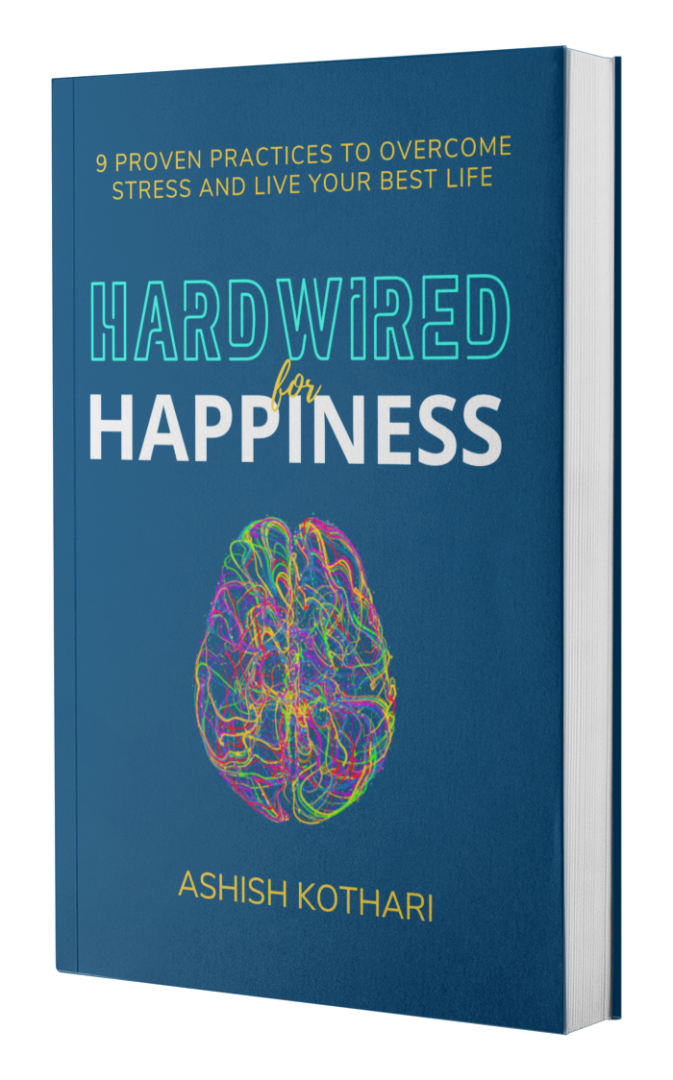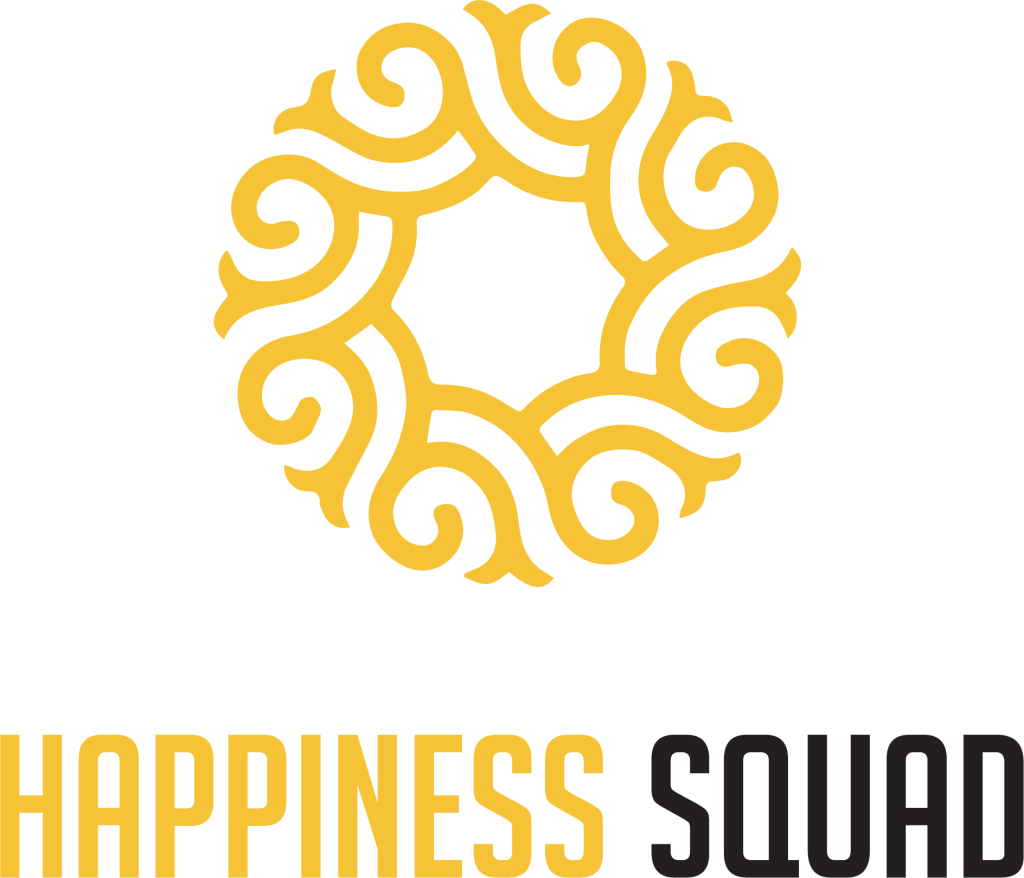
From Compliance to Compassion: What I Learned About Leading Through Change
I recently had the privilege of speaking with Dr. Michelle McQuaid, one of the world’s leading voices in positive psychology and workplace flourishing. After spending 15 years helping leaders move from simply functioning to truly flourishing, Michelle shared many insights about leadership, change, and what it really means to thrive at work. We also talked about the question: Why, despite all our knowledge and tools, are we still losing the battle for human flourishing at work?
The Journey from Brand Strategy to Human Flourishing

Michelle has spent the past 15 years helping organizations around the world move from simply functioning to truly flourishing. Her work with The Wellbeing Lab has touched thousands of leaders—and what struck me most was how grounded her insights were in both science and humanity.
As someone who spent a decade as a McKinsey partner helping drive sustainable transformations at scale, I was struck by how Michelle’s journey mirrored my own realization: we have all the research, we have all the tools from 20+ years of work at Michigan, UPenn, and beyond, but people are slow to practice it and embed it in organizations.
The Fear That’s Holding Leaders Back
One of Michelle’s most powerful insights resonates with something I’ve seen throughout my career: leaders often operate from a place of fear and anxiety, worried that someone will figure out they don’t have all the answers.
“Leaders generally have not been taught how people’s brains work, how the nervous systems work, how do they bring out the best in people,” Michelle shared. “And often their identity was very attached to being the expert in the room.”
This creates a destructive pattern. As Michelle put it: “That means looking for all the things that aren’t working and pointing out faults vigorously and finding ways to fix them and it really creates those climates of anxiety in many workplaces.”
I see this everywhere, the need to be the expert, to be right, to be in control. It’s exhausting for leaders and devastating for teams.
The breakthrough? Making leaders feel safe enough to get curious.
Three Keys to Creating Safety for Leaders
Michelle’s approach to helping leaders change is beautifully simple:
- Recognize how hard they are working – Start by acknowledging the effort and dedication they’re already bringing
- Respect the value they’re trying to bring every day – Honor their expertise and intentions
- Offer options, not mandates – Present new tools as experiments to expand their toolkit, not replacements for what they know
As Michelle explained: “I’m gonna share some of the latest science on what helps people to thrive. Hopefully that’s gonna accelerate our knowledge. I’ll also share some really practical evidence-based tools and hopefully they’ll inspire some ideas and practices you can walk away and use. And then please pull it apart and figure out what works best for you in your context, for your people and the outcomes that you want.”
I love this approach because it’s not a one-size-fits-all solution. You’re not saying you must do this and that will make a difference. It’s about giving leaders options and the safety to experiment.
Science-Backed Tools You Can Use Today
Michelle shared three of her favorite evidence-based practices:
-
The Oxytocin Shot: A Somatic Tool for Self-Compassion
This is brilliantly simple. Place one hand over your opposite wrist, skin on skin. Gently wrap your fingers around the underside where your pulse is. Breathe gently for seven seconds while thinking: “I’ve got you. It’s okay.”
“About seven seconds is enough to help induce a bit of oxytocin, our calming hormone into our bloodstream and to lower our cortisol, one of our stress hormones,” Michelle explained. It’s a physical reminder that you are perfectly imperfect, just like everybody else.
This resonates deeply with Kristin Neff’s work on self-compassion. As I reflected during our conversation: “Our brains don’t allow us to treat ourselves the way we treat others. We speak to ourselves much harsher than we would ever speak to anybody else. In fact, if we spoke to others even one-tenth at the level we speak to ourselves, we would be very lonely. Nobody would want to be with us.”
-
From To-Do to Ta-Da: Aligning Strengths with Tasks
This practice from Dr. Barbara Fredrickson is pure gold. Look at your to-do list and identify one task you’re procrastinating on. Then ask: How could I align one of my strengths to this task?
When we use our strengths, the things we’re good at and enjoy doing, even mundane tasks become more engaging and energizing.
But, it starts with knowing what your strengths are. I’m constantly amazed in my work with teams when I ask: “Do you know each other’s strengths?” Everybody looks blank. You can actually have a conversation around it, whether it’s a reflected best self, whether it’s StrengthsFinder, or just simply asking each other. You’ll learn a lot, but most people don’t know it and they don’t harness each other’s strengths.
-
Be a Yeti: The Power of “Yet”
Drawn from Dr. Carol Dweck’s growth mindset research, this simple reframe changes everything. When you’re not achieving what you want, instead of getting critical, remind yourself: “I’m just not there yet.”
As Michelle noted: “We are all perfectly imperfect and that nature wired us that way so that we could learn and grow and adapt.”
The Safety Check Chat: A Framework for Honest Conversations
Perhaps the most practical tool Michelle shared is what she calls the Safety Check Chat, a framework developed with input from Carol Dweck, Kristin Neff, and Amy Edmondson. It consists of four simple questions:
- What’s working well? – Celebrate strengths and take victory laps
- Where are we struggling? – Normalize the reality that struggle is part of growth
- What are we learning from both? – This is actually the most important question
- What do we want to do now? – Identify next steps

The more we normalize the ability to talk about the struggle, the more we help people see that struggle is just an invitation to learning and growth. We start to take the shame and the isolation out of it.
This connects to Amy Edmondson’s research on psychological safety, the origins of her work around this notion of high-performing teams having the highest error rates. It wasn’t that they had higher error rates than others, but they just talked about it so they could learn from it. It wasn’t something to be hidden, which is what most organizational cultures are like. They don’t want to talk about stuff that didn’t work.
I’m implementing this in my one-on-one conversations with each team member every week, because they’re all driving their workstreams. I think even just asking what’s working, where are we struggling, what are we learning, and what will we do differently can be beautiful for both individual and collective sense-making.
At Happiness Squad, we also do three-week sprints, and incorporating this into our retrospectives before we kick off the next sprint feels like a powerful way to build that culture of psychological safety and growth mindset.
Michelle’s framework creates “the psychological, neurological and social spaces we need to have more of those open and honest conversations in our workplaces.”
The Urgent Work Ahead
Here’s what keeps me up at night: Despite 20 years of positive psychology research and $200 billion spent on wellness, only 20% of people are thriving at work. The statistics are sobering: 60% are stressed, 22% are burnt out, and only 15% find meaning in their work.
When we did research at McKinsey and found that only 15% of people find meaning at work, especially frontline workers, spending the majority of your waking hours on something without meaning creates a level of suffering. People aren’t thriving. When people aren’t growing, they feel stuck, stagnant, unseen. They’re not satisfied by their work.
As Michelle noted, context matters enormously. We’re living through what she calls a “polycrisis”, a super cycle of change where economic, political, social, environmental, and technical disruptions are colliding in unprecedented ways.
But here’s what I keep coming back to: Nobody is doing this to us. We are creating it. That was the thesis behind my book “Hardwired for Happiness” (originally titled “From Fear to Freedom: A Journey from Within to Live Your Best Life”).
The environment is constantly putting us more and more towards fear, where we are operating in a scarce, closed, focus-on-self, here-and-now mode. But also, we have created a situation where we spend the majority of our time in ways that leave us stressed and suffering. We are not in a place to actually create something that is anything less than that for others.
Think about climate change, the science is clear that in 30 years it will be irreversible, yet we’re not moving fast enough. In the US, we’re reversing 20+ years of globalization. I feel it’s all coming from our individual state, the environment shaping us, but also us creating that environment because we’re suffering when we’re operating out of fear and stress circuits most of the time, versus in a state of flourishing.
The Path Forward
At the end of the day, I hold that flourishing is the point. And if we solve this, I think we will disentangle all the other crises we have created because the origin is human, and which state we’re operating from, that’s what decides what we create.
The tools exist. The research is clear. Now it’s about showing up each day and planting those seeds wherever someone is willing to listen. As Michelle beautifully put it: “All I can do every day is show up and keep planting those seeds wherever somebody is willing enough to listen.”
That’s the work. That’s why I jumped into this field. And it’s worth doing for our children, for our teams, for ourselves, and for a world that desperately needs us to lead from a different place.
The question isn’t whether we have the knowledge or the tools. The question is: Will we have the courage to use them?
Learn more about Dr. Michelle on Linkedin.
Listen to the podcast with Ashish and Dr. Michelle below. You can also listen on Apple Podcasts.
Access and subscribe to all of the episodes of the Flourishing Edge Podcast here.
Make Flourishing Your Competitive Edge.


